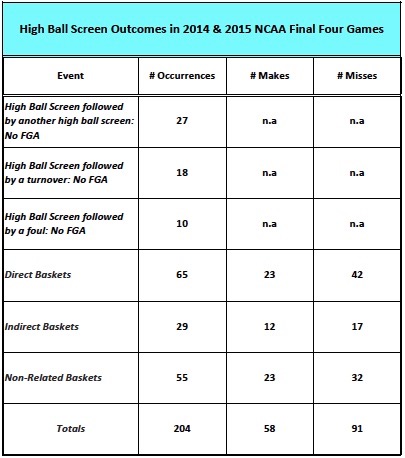In a post several years ago – Time Trumps Territory – we explored basketball’s first law. We learned that basketball is fundamentally a game governed by time, not by the space in which it takes place. We play within the dimensions of the court and are constrained by its boundaries, but we don’t capture territory. Instead, we pass through it and must assault the basket according to timelines established by various clocks: the game clock, the shot clock, and the various “countdowns” employed by the officials to govern different situations of play – inbounding the ball, crossing the half court line, etc.
Success in a game like football rests on seizing territory and improving your team’s field position even if you are unable to score during a particular possession. You take control of the field in ten-yard chunks. As you advance the ball across the field toward the goal line you “control” that portion of the field that you have crossed – it’s “behind” you; you “own” it. To improve your position on the field, you may even turn the ball over to your opponent by punting. In effect, you trade a difficult position and an unlikely chance to score for a more favorable location, biding your time until you can regain possession. Football is a chess match over territory.
In basketball there are no static lines or fronts. It’s not a stop-start-stop game during which the offense and defense align across from one another, snap the ball to initiate play, then, do it all over again in a contest to seize territory. Instead, the action is continuous and fluid, the teams seesawing back and forth between offense and defense, the position of the players constantly shifting in relationship to the ball, the basket, and the movement of one another.
And, it is in the midst of that continuous and fluid action that we discover basketball’s second law: Space Shapes Time.
Click here to read Basketball’s Second Law

